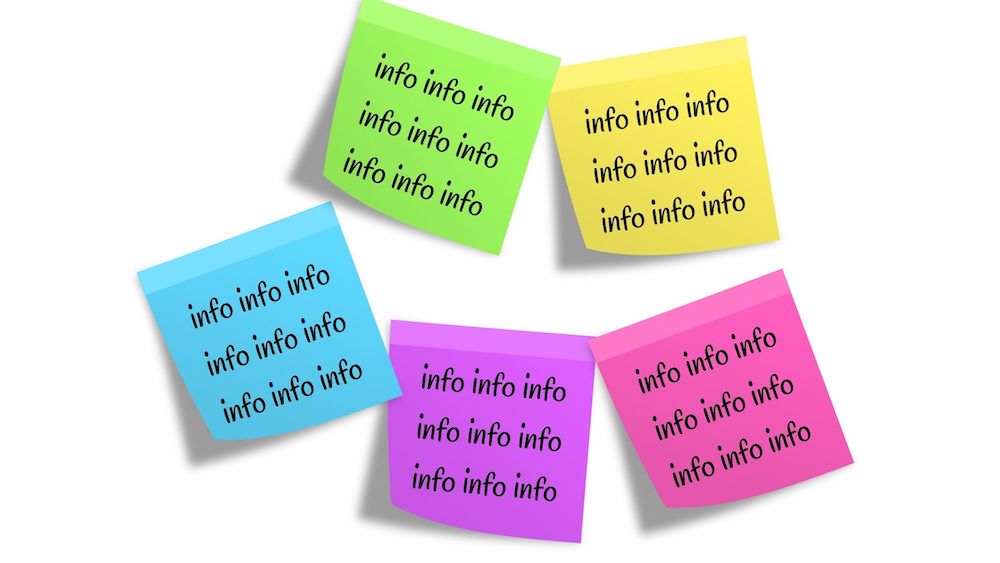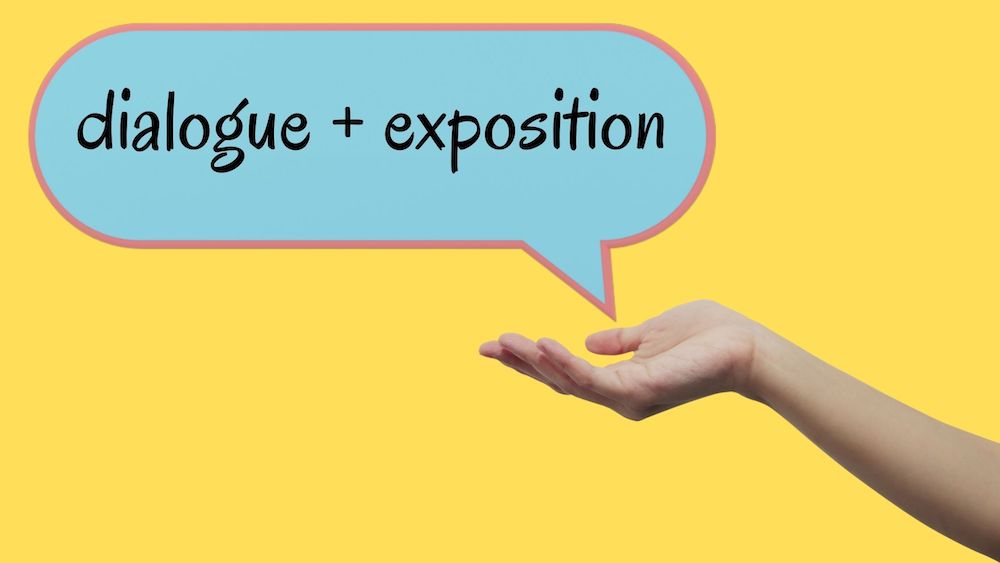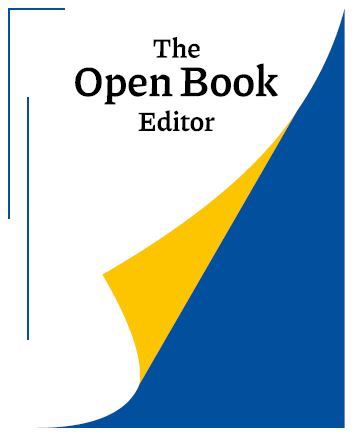Effective exposition is one of those aspects of writing that’s important to get right. The purpose of effective exposition is not just about describing something in detail. The goal is to set the stakes, help the reader picture the world they’re stepping into, and provide emotional and contextual information to better tell the story.
Exposition should strike that perfect balance. Too little and your reader might feel confused; too much and you could overwhelm them.
Are you struggling to use effective exposition? Read on for tips on what to avoid, and how to master exposition in your writing.
Too little vs. too much
First, let’s start by looking at the two extremes of ineffective exposition: too little vs. too much.
When you sit down to edit your book, you may find it difficult to approach it from the perspective of a reader who knows absolutely nothing about your characters and setting. As writers, we should trust our readers are intelligent enough to pick up on the nuances of our writing. However, there is such a thing as trusting your reader too much and not including enough information.
The other end of the spectrum is too much exposition, or info-dumping. This is a common trap for writers who worry their readers won’t understand something. Info-dumping is paragraphs or pages of backstory, world-building, or information that the writer feels is relevant for the reader to know before continuing the story.

There are quite a few other ways exposition can go wrong, but once you figure out how to walk that fine line between not being informative enough and overwhelming your reader, you’ll have made huge strides towards writing effective exposition.
Trusting your reader too much can be just as bad as too little, so here are a few ways you can use exposition more effectively.
Be seamless
Effective exposition should be moulded into the work seamlessly, so your reader doesn’t realise it’s exposition. The information should emerge naturally in your story, so the reader feels like they’ve noticed the information on their own. In essence, invisible exposition is the most effective exposition.
So, what is an example of invisible exposition? Basically, it’s where the writer chooses a relevant scene to get across an important piece of information.
Let’s say you need your reader to know that your character sunburns easily. It might be strange if your main character mentions this while sitting on the sofa with a friend. Worse is the cardinal sin of having your character start the statement with the words “As you know”. If the other person already knows, why is the character telling them again? Not only does it make the scene feel unnatural, but it’s also not believable dialogue.

A more relevant setting would be to have your character go shopping for sun cream and mention to the salesperson that they burn very easily, or buy a specialist sun cream with an unusually high sunscreen factor.
Spread it out
The reason many writers are hesitant to use exposition is because it often means pausing the action to explain something. If it’s not effective exposition, you run the risk of losing your reader’s attention. Therefore, it’s important to learn how to reveal information without slowing down the story.
The best tip to writing effective exposition that won’t overwhelm (or bore) your reader is to keep it short. Sprinkle the information throughout the book as a few sentences here and there. Dialogue is one of the best ways to do just that—if it sounds realistic.

For example, if you want to tell your reader that your main character’s wife is cheating on him, work it into a conversation:
“How’s Jemma?” he asked.
“Oh, you know my wife. Probably shacked up somewhere in Greece with a guy half her age.”
This is better than the alternative:
He thought Jemma was up to her usual antics. Last he’d heard, she was in Greece, probably cheating again. It wouldn’t surprise him if she’d shacked up with a guy half her age—that’d become her standard M.O.
The key to effective exposition is to get in and out as quickly as possible, so you don’t end up bogging down the story.
Big ideas, small focus

The amount of exposition you need depends largely on your book’s genre. However, even if your book requires a lot of effective exposition to build a clear picture of the world for your readers, you should always aim for the ‘big idea, small focus’ approach.
Instead of trying to describe the larger setting of your book, narrow in on your character’s actions. It’s possible to learn a lot just by following the day-to-day lives of a few characters, even if the story is set in a time or place your readers aren’t familiar with.
Take, for example, George Orwell’s 1984. The first few pages follow the main character as he returns to his flat and takes out a diary. These mundane actions reveal a lot, not only about the world, but also about what kind of person the main character is.
Another great example of effective exposition, where a lot of information can be creatively imparted through character actions, is Aldous Huxley’s opening scene in Brave New World. Instead of painstakingly writing out the big ideas of his dystopian setting, Huxley drops the reader directly into it. In the first pages, the reader tags along with a group of students on a tour of various facilities which tie directly into the crux of the story.
This is a brilliant use of effective exposition. It pulls the reader in, sets the scene, and teaches something important without the reader realising it. To do the same, you need to be creative with how you bring your big ideas into smaller focus. Get creative with how to impart your big ideas to your readers without resorting to info-dumps or on-the-nose exposition.
Maybe you could have your main character share something personal with a therapist. Or have a supervisor provide an important piece of information to a new employee. Or even simply describe your character’s actions as they get ready for work one morning. These all may sound like very mundane activities, but if done right, you can use them to tell your reader a lot.
Pick your POV
The point of view you choose for your book can make a huge difference in how you use effective exposition.
There are trade-offs depending on which POV you decide to go with:
- If you choose first-person, your reader will be able to learn information directly from your main character. This is because the reader will see everything through the character’s eyes and be privy to their internal thoughts (which is a useful expositional tool). However, this also means they are limited to one person’s POV and can only learn as much as the main character does.
- Third-person might seem like a good alternative, but it can prove tricky in other ways. With third-person, the reader can potentially see more of the action and learn more information from multiple characters as opposed to just one. However, the reader won’t have access to internal thoughts, which can limit what they learn and know about the characters and world, too.
It’s important to take your time when choosing the right POV for your story. If you’re writing a psychological thriller where you’d like to spark feelings of confusion and claustrophobia in your reader, first-person will probably work best. On the other hand, if you’re writing a multi-generational literary drama, you might want your reader to have access to various perspectives at once, which is where third-person might come in handy.
Still not sure?
It’s not always easy to know when you are or aren’t using effective exposition. As the writer, you may be too close to pinpoint when something simply doesn’t work. It’s hard to be objective with your own writing or read it like a new reader!
If you’re struggling with effective exposition, having someone else read your book is the best way to work through it. A beta reader, critique partner, or professional book editor can all serve in this area. So, drop us a note at The Open Book Editor to find out more about our personalised editing services and how we can help you with exposition, dialogue, and everything in between.

